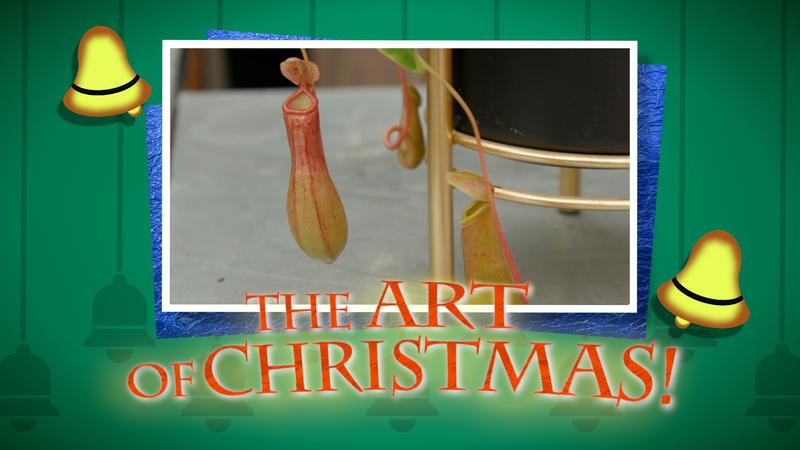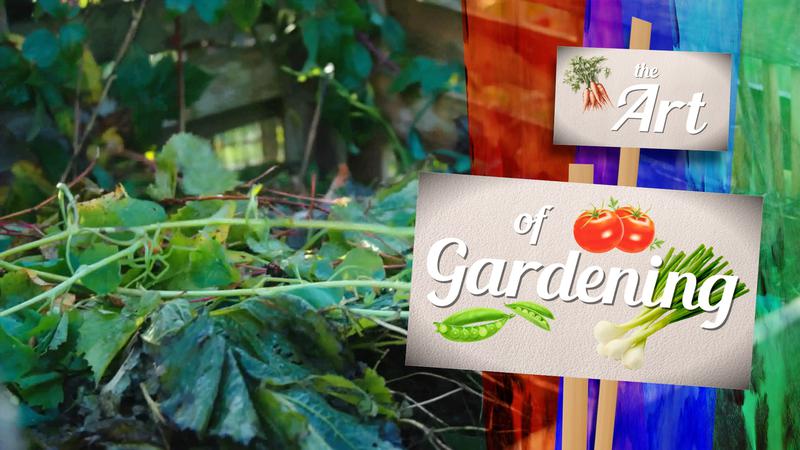
ROTHENBURGER: Discovery of gravesites highlights the tragedy of Indian residential schools
THE GRIM DISCOVERY of the apparent gravesites of 215 children will undoubtedly change some thinking about what went on at the Kamloops Indian Residential School in the almost 90 years it operated.
The confirmation of their existence after 20 years of searching is obviously traumatic for all Tk’emlúps te Secwe̓pemc members as well as those from other bands who had children at the school.
Until now, though, non-Indigenous Kamloops residents have tended to view the local residential school from a perspective of knowing only that the system of which it was part was “a bad thing.” For them, this week’s news is the harshest of history lessons.
“This must be just the tip of the iceberg,” some people have been saying this week. “It must have happened in other residential schools, too.”


